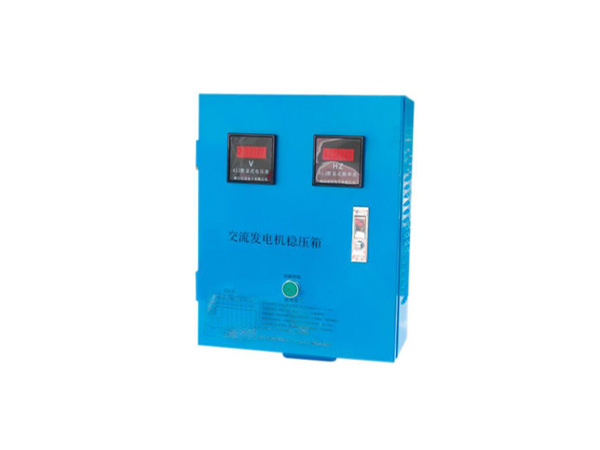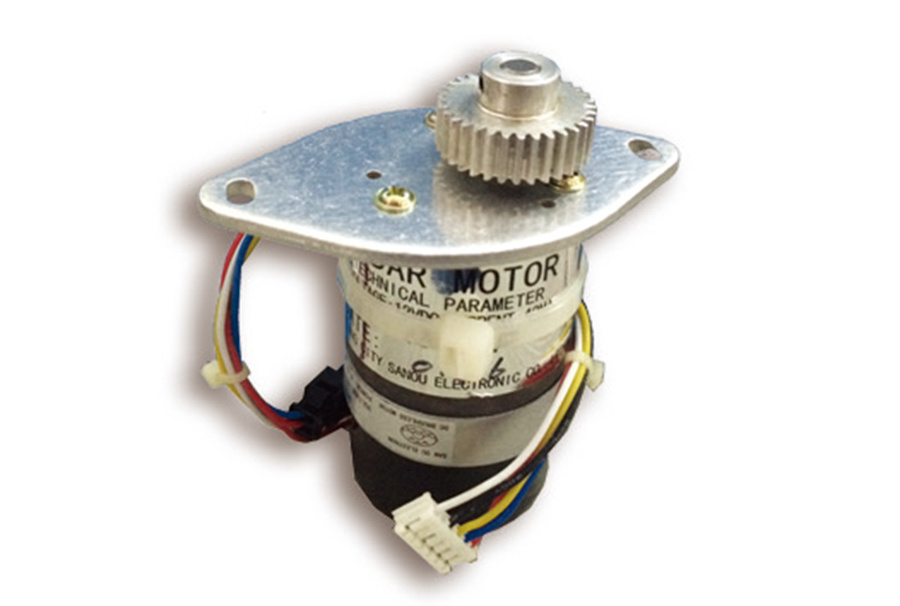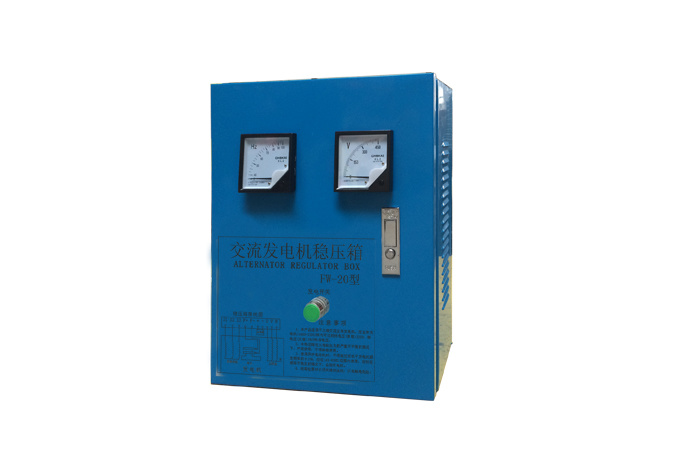News Center
Understanding the Importance of Solenoid Valve Control Boxes in Automotive Applications
At its core, a solenoid valve operates by using electromagnetic force to open or close a valve, allowing or preventing the flow of liquids or gases. The control box acts as the brain of this operation, interpreting signals from the vehicle’s central control system and activating the solenoid valve accordingly. This synchronization is crucial, especially in modern vehicles where electronic systems are increasingly integrated for better performance and efficiency.
One of the key advantages of using solenoid valve control boxes is their precision. These control boxes can be programmed to operate valves at specific intervals or in response to certain conditions, enabling enhanced control over various engine functions. For instance, in an automotive fuel system, a solenoid valve control box can manage the fuel delivery process more effectively, ensuring that the right amount of fuel is injected at the right time, which is essential for optimal engine performance and fuel efficiency.
Furthermore, solenoid valve control boxes contribute to the overall safety and reliability of automotive systems. By ensuring that valves operate correctly, these devices help prevent issues such as fuel leaks, overheating, and excessive emissions, which can be detrimental to both the vehicle and the environment. Their ability to provide real-time feedback and diagnostics also aids in maintenance, allowing technicians to quickly identify and rectify any potential issues.
In addition, the integration of solenoid valve control boxes within advanced driver-assistance systems (ADAS) and other automated driving technologies is becoming more prevalent. These systems rely on precise control of various vehicle functions—such as steering, braking, and throttle response—where solenoid valves and their control mechanisms are crucial.
In conclusion, solenoid valve control boxes are integral components in the automotive sector, enhancing the efficiency, safety, and performance of vehicles. Understanding their function and benefits can help automotive professionals appreciate their significance in modern automotive technology, paving the way for innovations that improve both vehicle operation and user experience. As the industry continues to evolve, the reliance on advanced electronic systems, including solenoid valve control boxes, will undoubtedly increase, making them a vital area of focus for professionals in the field.
Related News
Understanding the Importance of a 12KVA Frequency Stabilizer in Electrical Systems
In the realm of electrical engineering, maintaining a stable frequency is crucial for ensuring that equipment operates efficiently and reliably. A 12KVA frequency stabilizer plays a vital role in managing electrical systems, especially in environments where fluctuations in voltage and frequency can lead to equipment failure or operational inefficiencies. A frequency stabilizer, as the name suggest
Discover the Unmatched Benefits of the Furuno 1832 Radar Motor for Marine Navigation
Explore the Advantages of the Furuno 1832 Radar Motor Table of Contents Introduction to the Furuno 1832 Radar Motor Key Features of the Furuno 1832 Radar Motor Performance Analysis of the Furuno 1832 Safety Benefits of Using the Furuno 1832 User Experience: Ease of Use and Installation Maintenance Tips for the Furuno 1832 Radar Motor Comparing the Furuno 1832 Radar Mot
Understanding the Functionality and Benefits of a 1 in 4 Out Signal Distributor
A 1 in 4 out signal distributor is a crucial component in various electronic systems, particularly in the realm of optoelectronics. Its primary function is to take a single input signal and distribute it evenly across four output channels. This enables the simultaneous transmission of the same signal to multiple devices or locations, which is essential in applications such as audio/video broadcast




